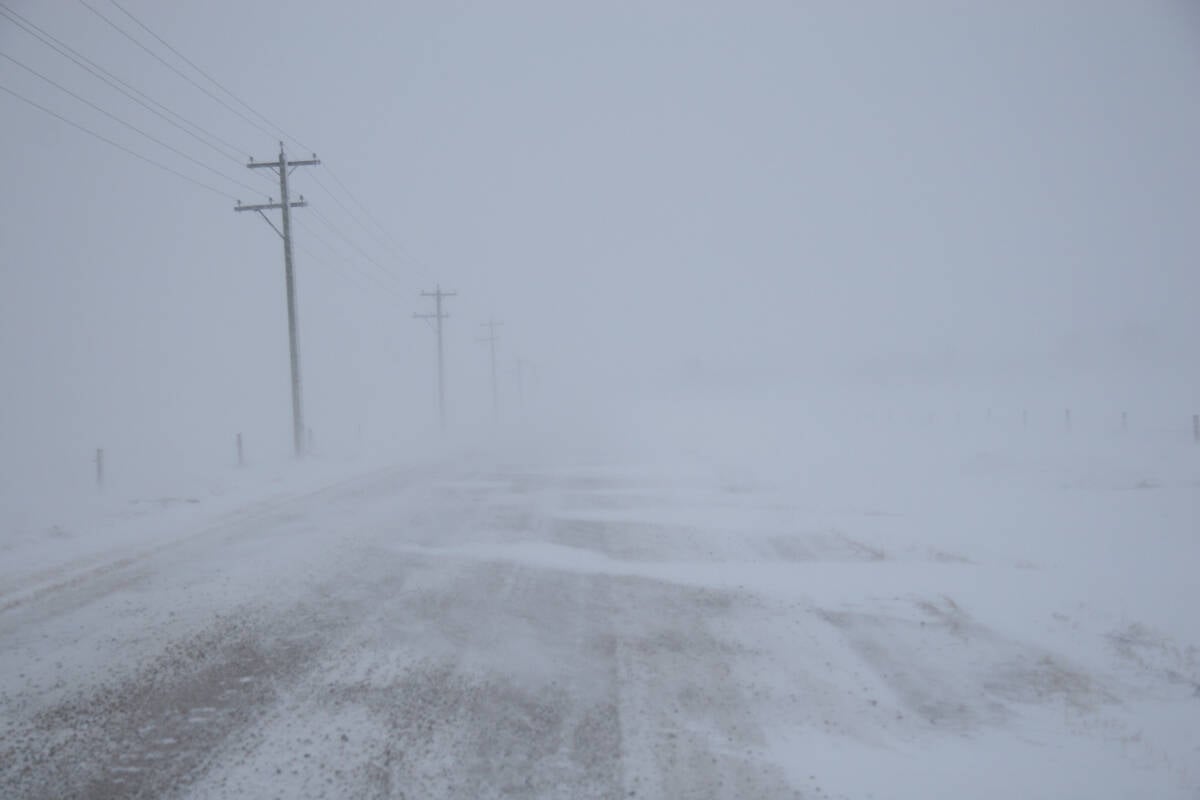SUNDRE, Alta. — After years of losses from BSE, drought and floods, one ranch in the Alberta foothills found a new opportunity in an old breed of cattle.
Red Deer River Ranches has undergone significant changes in the last seven years. Owner Don Hanson and manager Jason Bradley insist that the 50,000 acre spread, which was established in 1890, must pay for itself.
The cow herd was dispersed last year and replaced with Highlands for a natural beef program.
They had previously bought cow-calf pairs in the spring for a summer grazing program. The calves were sold in October and the bred cows left in November. However, they did not buy pairs this spring because they were too expensive.
Read Also

Volatile temperatures expected for this winter
DTN is forecasting a lot of temperature variability in the Canadian Prairies this winter. Precipitation should be close to average.
The first of the Highland purebreds arrived last year.
The ranch also runs a cross bred program using Herefords because both breeds can rustle up enough forage to survive and withstand wind, heavy snow, bitter cold and summer droughts. The Highlands also grow a second hair coat for extra winter insulation.
When the temperature in Calgary is –35 C, this ranch west of Sundre can be 10 degrees colder, which is made worse by the wind chill.
“I’ve had cows freeze to death,” Bradley told a group of visitors at the end of September.
“There can’t be a better breed of cow for this kind of outfit than the Highland cow. Some cattlemen have said they might be the best cross, but everyone thinks they have the best cross.”
Although Bradley needs a special chute to handle the breed’s long horns, he appreciates the animals’ quiet temperament because he works alone with only occasional help from neighbours.
“I don’t want a nasty cow with horns.”
The cattle graze on leased land and forestry allotments from June to October and receive a pelleted ration that includes vitamins, molasses, wheat mill run, beet pulp, canola and soybean meal.
The goal is to extend grazing to reduce forage purchases.
“It puts us behind the eight ball in the drought years because we are competing with other ranchers and the horse industry,” he said.
Bradley, a former high tech manager from Calgary, researched the possibilities when the ranch decided to change direction.
He heard about Highlands and connected with Canada’s largest breeder, Don Badger in Quebec’s Eastern Townships.
Bradley was warned that it isn’t easy to develop a new niche program, but the plan went ahead and the first purebreds arrived 18 months ago from several sources.
The ranch now has 65 cows, including 15 purebred Herefords. Females are bred at age two and calve at three. Males are left intact and the meat is marketed as virgin bull beef.
The cattle, which are age verified, reach market weight at 1,200 pounds between 24 and 28 months.
They are processed at a local provincially inspected plant and the beef is sold at the Cochrane Butchery as a natural product. Some is also sold direct to consumers as frozen boxed beef or through outlets with a similar philosophy of offering hormone and antibiotic free meat.
The meat is finely textured and lean with a stronger flavour that requires slow cooking.
“People need to invest time in their food. They will get a different eating experience,” he said.
Bradley would prefer to process the cattle on the ranch, but on-farm slaughter in Alberta is allowed only for personal use.















